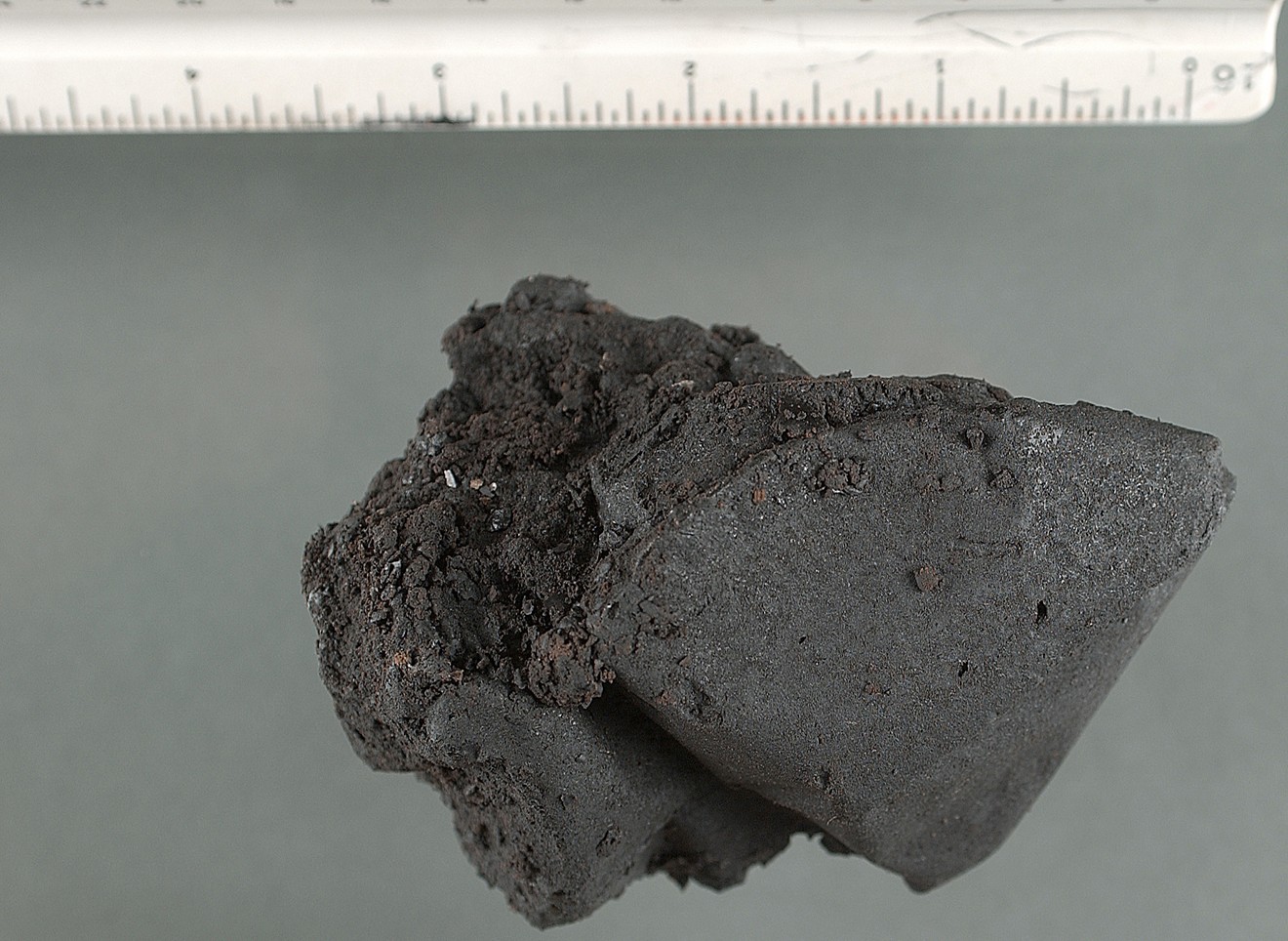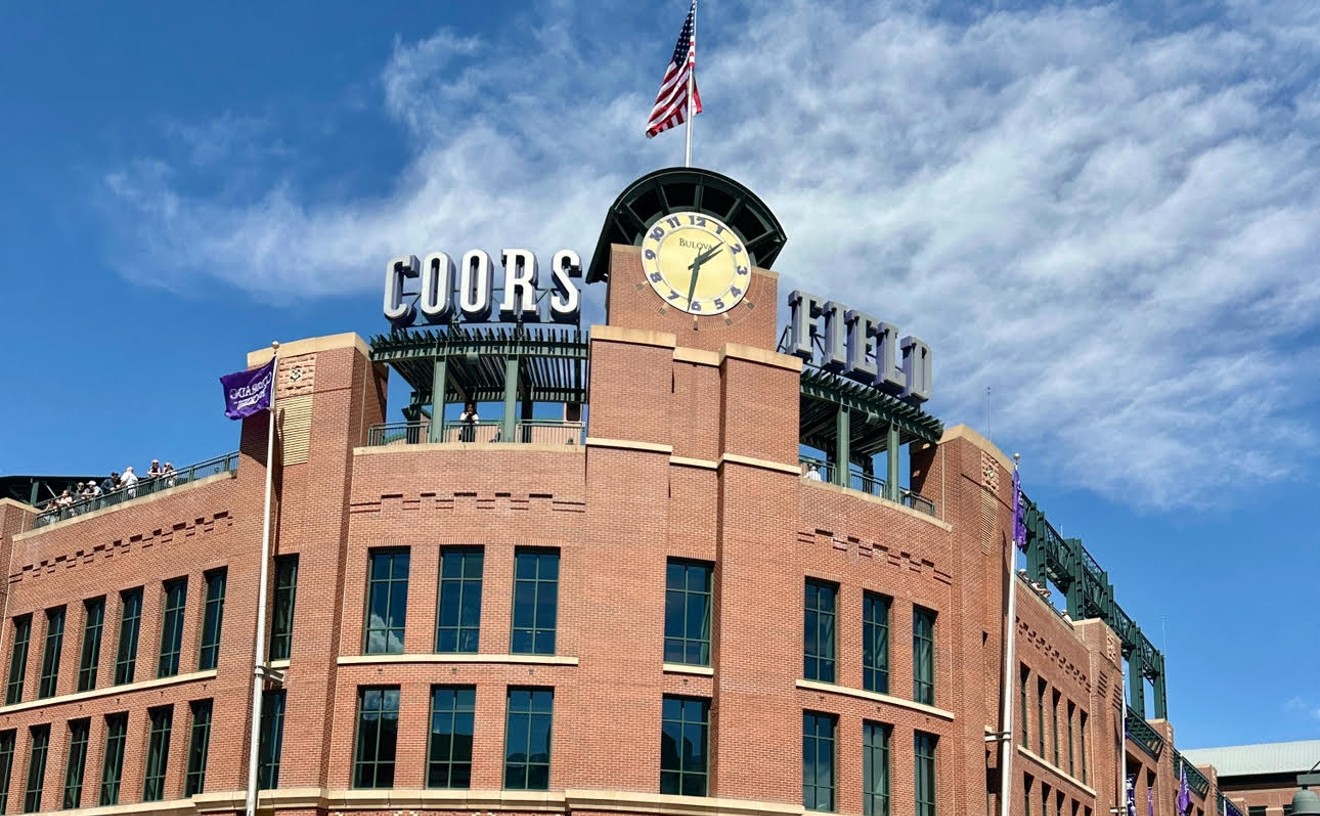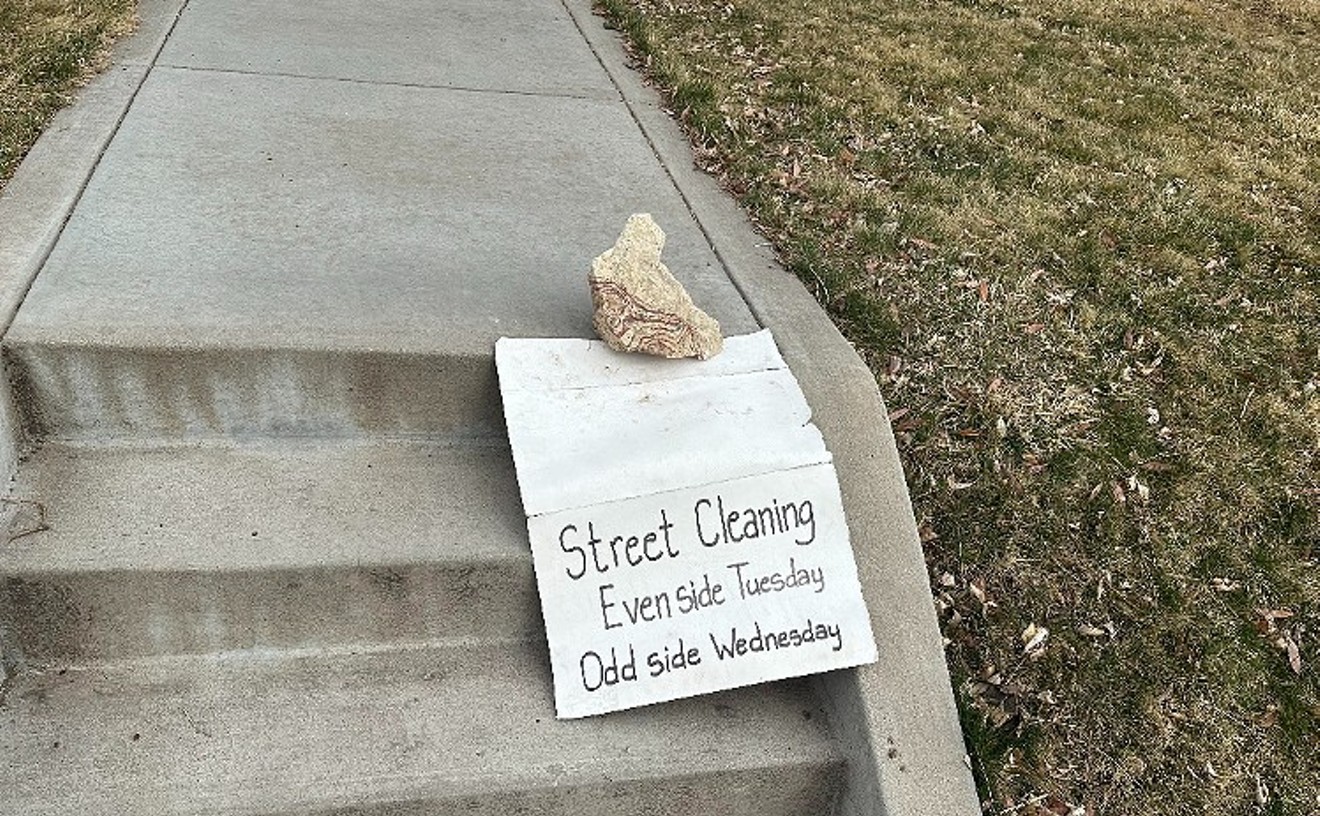Denver Police announced on Wednesday, November 6, that an undercover investigation had found a "significant amount" of a highly potent synthetic opioid called fentanyl. The discovery raises red flags for state and city officials, who are worried that the drug, which is fifty to one hundred times more powerful than morphine, is making its way west of the Mississippi River. Colorado has already been hit by the first and second waves of the opioid crisis, fueled by prescription painkillers and heroin, respectively. Fentanyl and other potent synthetic opioids have brought on a third wave in the East and Midwest, and experts fear that it could be coming to Colorado.
It's the first time fentanyl has been found in this form in Denver. Police spokesperson Sonny Jackson says the department couldn't release any more details on the investigation, which is now in the federal Drug Enforcement Administration's hands.
“It's alarming when you see pure bricks of fentanyl, and it’s always the tip of the iceberg. For every one brick that you get, how many do you think we don’t? It’s an unknowable thing," says Dr. Rob Valuck, executive director of the Colorado Consortium for Prescription Drug Abuse and Prevention.
Fentanyl is often "cut" into commonly used drugs, especially heroin, typically without the user's knowledge, and significantly increases the chance of an overdose and death. The synthetic drug has been prescribed for years as a pain reliever for cancer patients, administered through a transdermal patch that releases it at a slow, safe rate. But around the early 2010s, an illicit form made in Chinese labs started popping up in the northeastern U.S. and the industrial Midwest. It spread en masse in 2017, when it factored into four out of ten fatal overdoses nationwide, more than any other drug.
Fentanyl is unique because its spread is largely driven by suppliers' decisions, rather than users' demands. Drug manufacturers and traffickers use fentanyl as a cost-saving measure: Like other synthetic opioids, it delivers a relatively cheap (but usually shorter-acting) high. According to Marion Rorke, a substance-use coordinator at the Denver Department of Public Health and Environment, as a white powder, fentanyl is easier to cut with white-powder heroin, which is typically found in the eastern U.S. The brick that was seized by DPD was disguised as black tar heroin, which is the type of heroin normally found in the West. If this "black-tar" form of fentanyl becomes more widespread, it could more easily make its way into Colorado's heroin supply.
According to Lisa Raville, executive director of the Harm Reduction Action Center, most of Colorado's drug supply originates in Mexico. The farther north it travels, the more it is cut with other additives, and the less pure it becomes.
"The supply is unpredictable," Raville says. "We have a toxic drug supply, and that puts people at higher risk of overdosing."
However, no one is sure exactly where and how fentanyl may come into the mix. "By the time it gets down to the streets, sellers don't know what they're selling," Raville says. "You have no idea by the time it gets to you how many other hands it's been through."
A group of researchers who published a book called The Future of Fentanyl and Other Synthetic Opioids wrote that the spread of the drug is "episodically fast and persistent." Once it hits a market, it tends to permeate it within a few years.
Fentanyl has been found in Colorado in other forms before, though it's difficult to determine the exact numbers. "A lot of the information is anecdotal," Raville explains.
Valuck says the number of fentanyl-related overdose deaths has been steadily ticking up. Before about a decade ago, there were only a few deaths annually related to accidentally overdoing the prescription patch. By 2017, there were 81 fentanyl-related deaths in the state. In 2018, there were 102.
In Denver alone, fentanyl contributed to about 8 percent of overdose deaths in 2018, according to the Office of the Medical Examiner. In January through September 2019, that number went up to 18 percent.
Historically, the way officials have known that fentanyl is present in large quantities is a tragic one: Overdose deaths see a rapid increase. According to Rorke, the state just finalized a pilot system to monitor several data sources in an attempt to keep track of overdose deaths and patterns. The brick seized by DPD triggered that system into effect, along with an early warning system to harm reduction programs and syringe exchanges. "We’ve already started disseminating messages," she says.
Rorke says the state is able to better reach homeless drug users with information, because they often come into contact with harm reduction agencies. Officials are worried about reaching housed drug users, especially those whose families may not know they're using.
Small amounts of fentanyl may not trigger overdose symptoms, but rather a more intense, shorter high similar to that of heroin — leaving an addicted person needing more sooner.
"People addicted to heroin aren’t really getting high much anymore. It takes a lot to get into euphoria," Valuck explains.
When they find a dealer selling fentanyl-laced heroin, they may seek it out, believing it to be of better quality. But a tiny bit too much could change the situation entirely. The symptoms of a fentanyl overdose can occur within seconds or minutes — in some cases, as soon as the user is done injecting the drug.
According to Raville, the Harm Reduction Action Center distributes fentanyl testing strips so that active heroin users can test their supply. However, the strips only detect the presence of fentanyl or fentanyl analogues, not the amount. If fentanyl is detected, drug users are advised not to use from that supply. If the user is addicted and is using to avoid withdrawal symptoms, there are small precautions they can take, such as taking less, snorting instead of injecting, or injecting more slowly, having at least two doses of naloxone (an overdose-reversal medication) and someone to monitor them nearby.
"Dead drug users don't have the chance of recovery, and when you're alive, there's hope," Raville says.
It's not just heroin users who should be worried. Cocaine, methamphetamine and counterfeit prescription pills can also be laced with fentanyl. As Raville notes, stimulant users often haven't built up a tolerance to opioids, so they may be at even higher risk.
Valuck says the fentanyl problem is "virtually guaranteed" to get worse before it gets better. "It’s more potent, it’s easier to smuggle, you only need to have a hundredth of it to have the same effect [as heroin]. You can have one brick instead of a suitcase full of bricks." And there are even deadlier forms — carfentanil and psuedofentanil can be 100 to 1,000 times more potent, and can be smuggled through an envelope.
That's why Valuck is doubtful that interdiction strategies can stop the spread. "The real strategies are demand reduction," he says. "How do you build more resilient communities? ... If you reduce suffering and poverty, ensure that people have a real opportunity to have a decent life, then those communities have lower rates of addiction."
[
{
"name": "Air - MediumRectangle - Inline Content - Mobile Display Size",
"component": "12017618",
"insertPoint": "2",
"requiredCountToDisplay": "2"
},{
"name": "Editor Picks",
"component": "17242653",
"insertPoint": "4",
"requiredCountToDisplay": "1"
},{
"name": "Inline Links",
"component": "18838239",
"insertPoint": "8th",
"startingPoint": 8,
"requiredCountToDisplay": "7",
"maxInsertions": 25
},{
"name": "Air - MediumRectangle - Combo - Inline Content",
"component": "17261320",
"insertPoint": "8th",
"startingPoint": 8,
"requiredCountToDisplay": "7",
"maxInsertions": 25
},{
"name": "Inline Links",
"component": "18838239",
"insertPoint": "8th",
"startingPoint": 12,
"requiredCountToDisplay": "11",
"maxInsertions": 25
},{
"name": "Air - Leaderboard Tower - Combo - Inline Content",
"component": "17261321",
"insertPoint": "8th",
"startingPoint": 12,
"requiredCountToDisplay": "11",
"maxInsertions": 25
}
]












